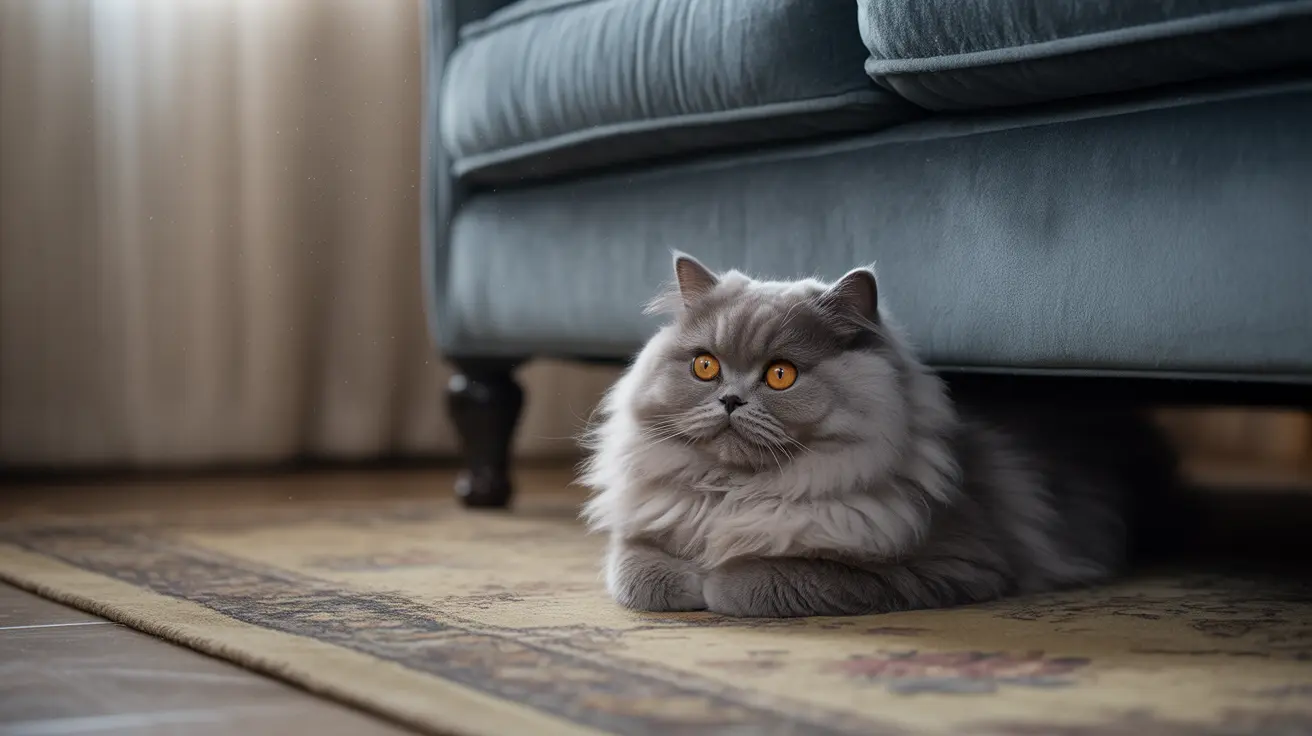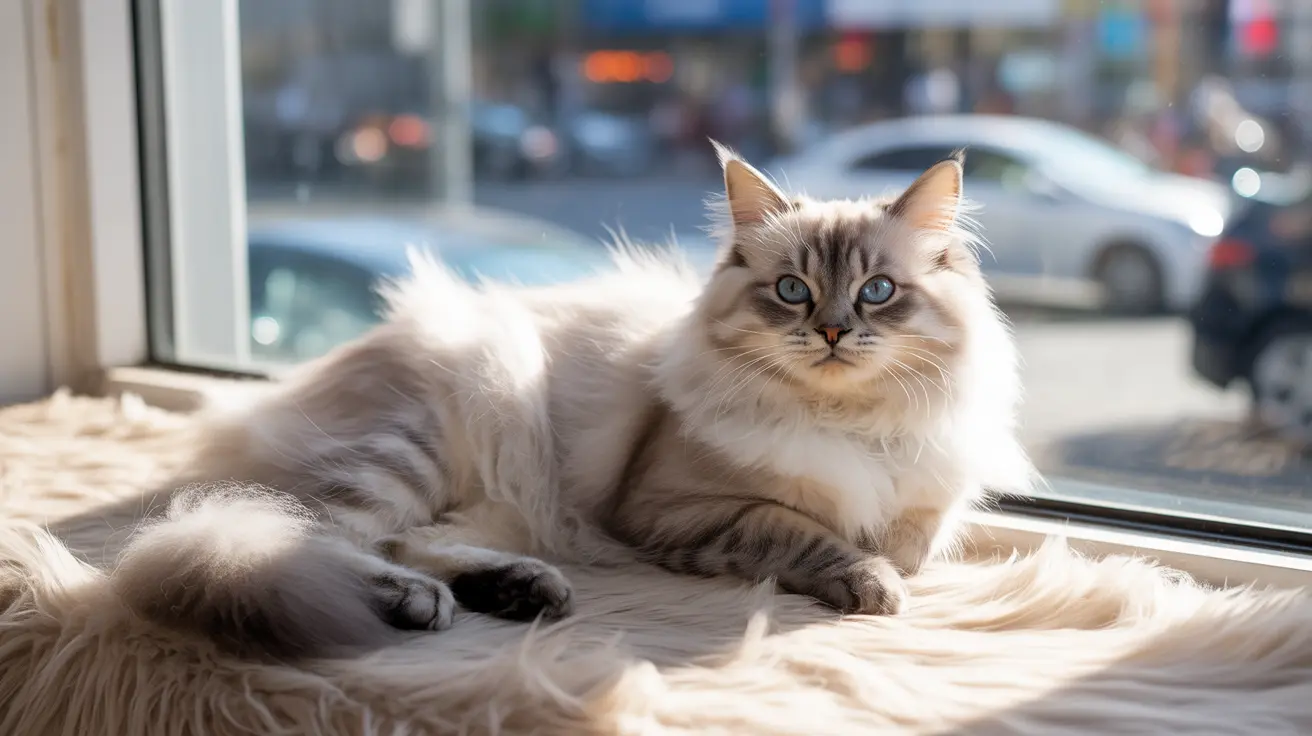The Science Behind Cats' End-of-Life Behavior
When cats are seriously ill or approaching death, they often exhibit specific behavioral changes rooted in their evolutionary instincts. Rather than deliberately running away to die, cats typically seek quiet, secure locations where they feel protected from potential threats. This behavior stems from their wild ancestors' survival mechanisms, where showing weakness could attract predators.
Research indicates that cats possess highly developed self-preservation instincts but lack the cognitive ability to understand or anticipate death. Instead, their actions are driven by physical discomfort, vulnerability, and the natural urge to find safety when feeling unwell.
Common Signs of a Dying Cat
Recognizing the signs that a cat may be nearing the end of its life is crucial for providing appropriate care and support. Key indicators include:
- Withdrawal from social interaction
- Decreased appetite and water intake
- Reduced grooming behavior
- Changes in sleeping patterns
- Difficulty maintaining balance
- Altered vocalization patterns
- Loss of interest in favorite activities
Why Cats Hide When They're Sick
Cats instinctively hide when feeling unwell for several practical reasons. This behavior, known as "sickness response," serves multiple purposes:
- Protection from predators
- Conservation of energy for healing
- Minimizing exposure to environmental stressors
- Maintaining body temperature
- Reducing competition for resources
Finding and Helping a Sick or Dying Cat
When a cat begins showing signs of illness or withdrawal, it's essential to check common hiding spots within and around your home. Most cats stay relatively close to their familiar territory, often choosing places like:
- Under furniture or beds
- Inside closets or cabinets
- Behind appliances
- In basements or attics
- Under porches or decks
- Among dense vegetation in gardens
Providing Comfort and Care
While respecting your cat's natural instincts to seek solitude when ill, there are several ways to provide comfort and support:
- Create quiet, accessible hiding spaces
- Maintain consistent room temperature
- Provide easily accessible food and water
- Keep litter boxes nearby
- Offer gentle attention without forcing interaction
- Consult with veterinarians about palliative care options
Frequently Asked Questions
Why do cats hide or isolate themselves when they are very sick or nearing the end of their life?
Cats isolate themselves when sick or dying due to an instinctive survival mechanism inherited from their wild ancestors. This behavior helps them feel safe and protected when they're at their most vulnerable, allowing them to rest and potentially recover without the threat of predators.
Do cats intentionally run away from home to die alone?
No, cats don't intentionally run away to die. Instead, they seek quiet, secure places when feeling unwell. This behavior is driven by instinct rather than a conscious decision to leave home for death.
What are the common signs that a cat is approaching the end of its life?
Common end-of-life signs include withdrawal from social interaction, loss of appetite, decreased grooming, changes in vocalization, difficulty moving, and seeking isolation. These symptoms often appear gradually and may become more pronounced over time.
How can I find my cat if it disappears when it is ill or dying?
Search thoroughly in quiet, dark spaces within and immediately around your home. Check small enclosed spaces, under furniture, in closets, and in outdoor hiding spots like under porches or in dense vegetation. Most sick cats stay within their familiar territory.
What should I do to care for a cat that is hiding and seems to be withdrawing because of illness?
Provide a quiet, comfortable space with easy access to food, water, and a litter box. Monitor their condition closely, maintain gentle contact without forcing interaction, and consult a veterinarian for professional guidance and potential palliative care options.






